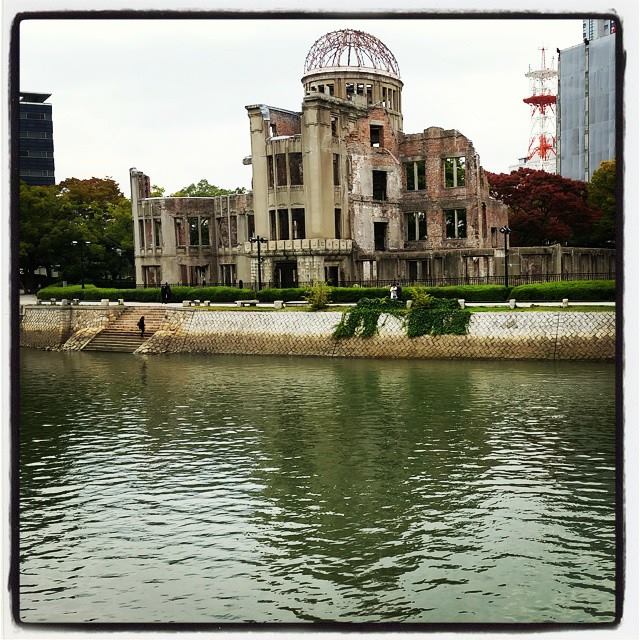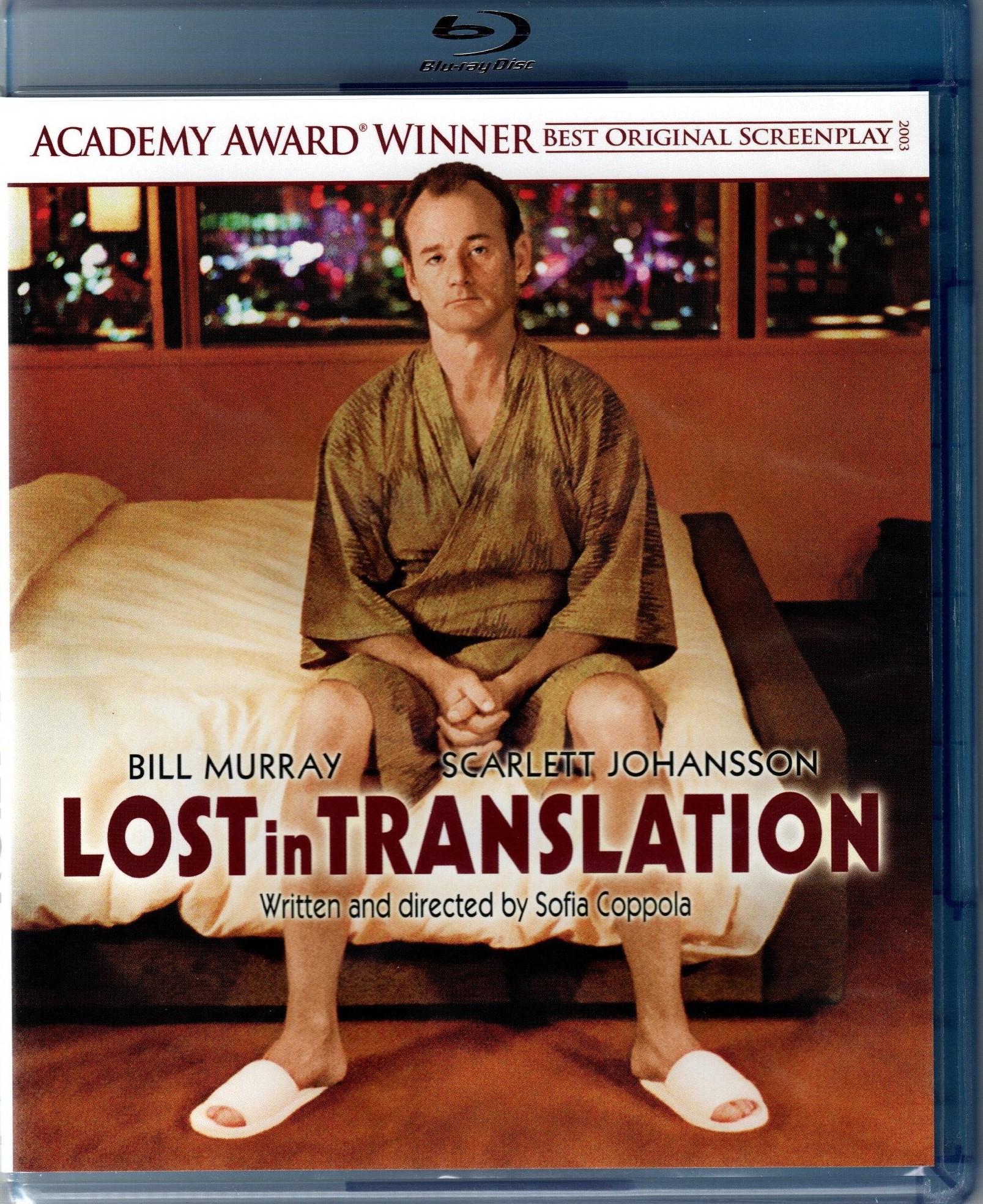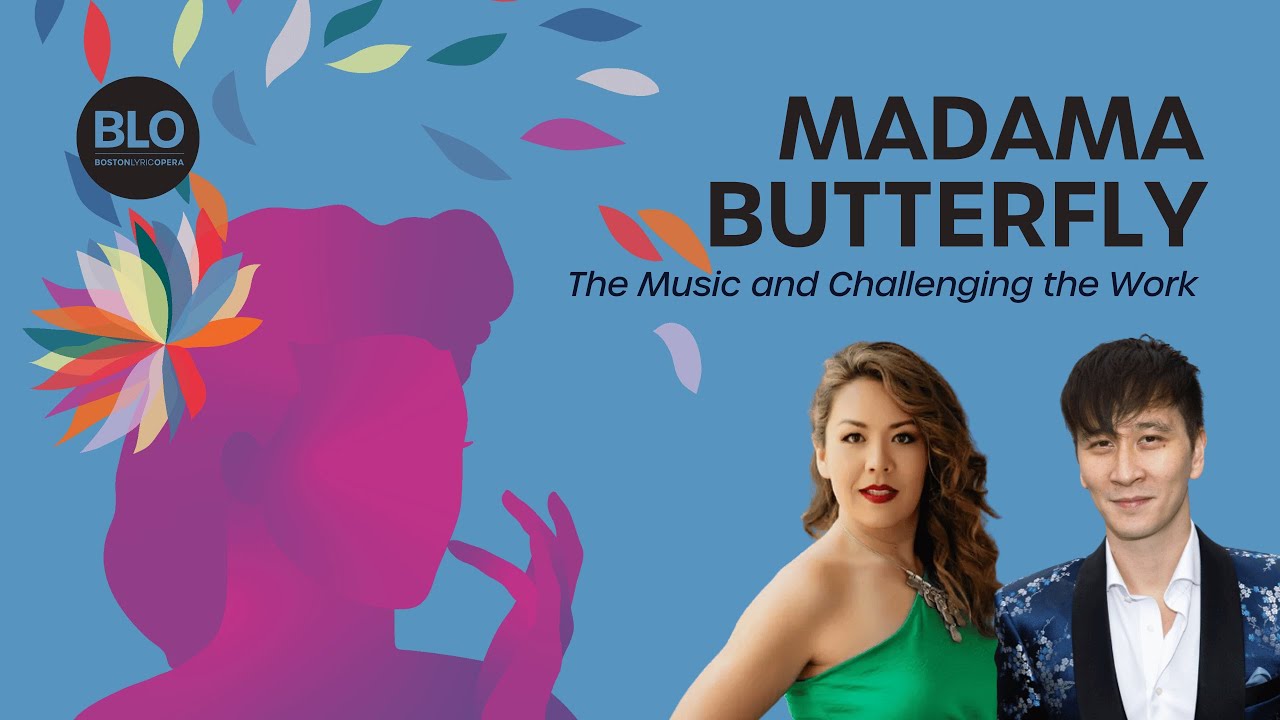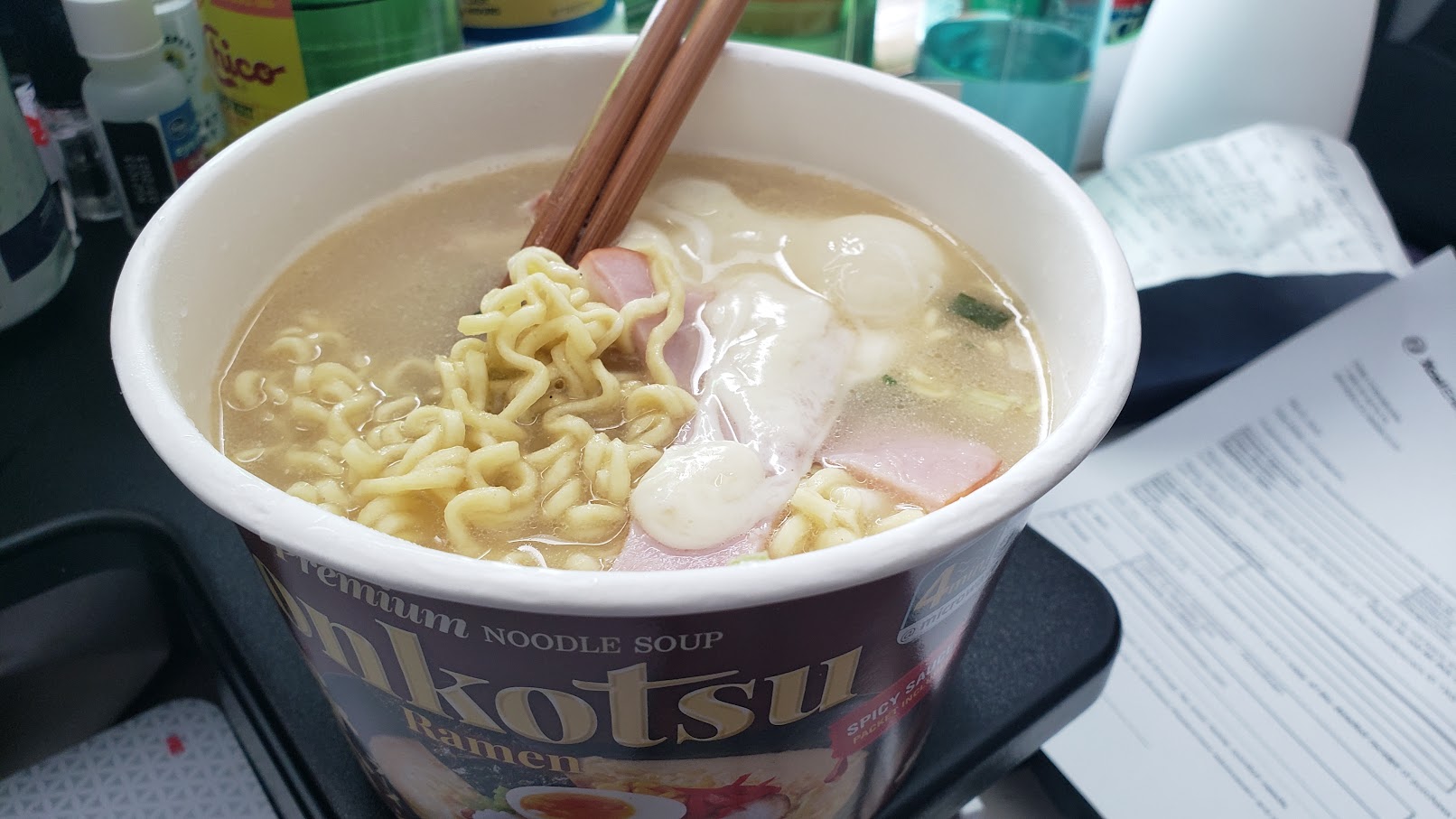Necessary cookies help make a website usable by enabling basic functions like page navigation and access to secure areas of the website. The website cannot function properly without these cookies.
We do not use cookies of this type.
Marketing cookies are used to track visitors across websites. The intention is to display ads that are relevant and engaging for the individual user and thereby more valuable for publishers and third party advertisers.
We do not use cookies of this type.
Analytics cookies help website owners to understand how visitors interact with websites by collecting and reporting information anonymously.
We do not use cookies of this type.
Preference cookies enable a website to remember information that changes the way the website behaves or looks, like your preferred language or the region that you are in.
We do not use cookies of this type.
Unclassified cookies are cookies that we are in the process of classifying, together with the providers of individual cookies.
We do not use cookies of this type.









 Pho has evolved over the years, from its invention in 1920s Hanoi to its popularity in the U.S. today. When the soup, with rice noodles and meats served in a hearty broth, first arrived in the stateside, the restaurants catered to mostly Vietnamese diners, like an exclusive club. As non-Vietnamese discovered pho, the restaurants became more inviting, and the diners more diverse.
When we first started going to pho restaurants, we weren't always treated very warmly, because we were outsiders -- clearly not Vietnamese. These days, pho restaurants have evolved. We're welcomed as regulars at our favorite neighborhood pho spot,
Pho has evolved over the years, from its invention in 1920s Hanoi to its popularity in the U.S. today. When the soup, with rice noodles and meats served in a hearty broth, first arrived in the stateside, the restaurants catered to mostly Vietnamese diners, like an exclusive club. As non-Vietnamese discovered pho, the restaurants became more inviting, and the diners more diverse.
When we first started going to pho restaurants, we weren't always treated very warmly, because we were outsiders -- clearly not Vietnamese. These days, pho restaurants have evolved. We're welcomed as regulars at our favorite neighborhood pho spot, 
 The next interview scheduled for Erin and my
The next interview scheduled for Erin and my 
 Since the fastest-growing population in the United States is mixed-race and we live in an increasingly global and multicultural world, it makes perfect sense that a restaurant like
Since the fastest-growing population in the United States is mixed-race and we live in an increasingly global and multicultural world, it makes perfect sense that a restaurant like 